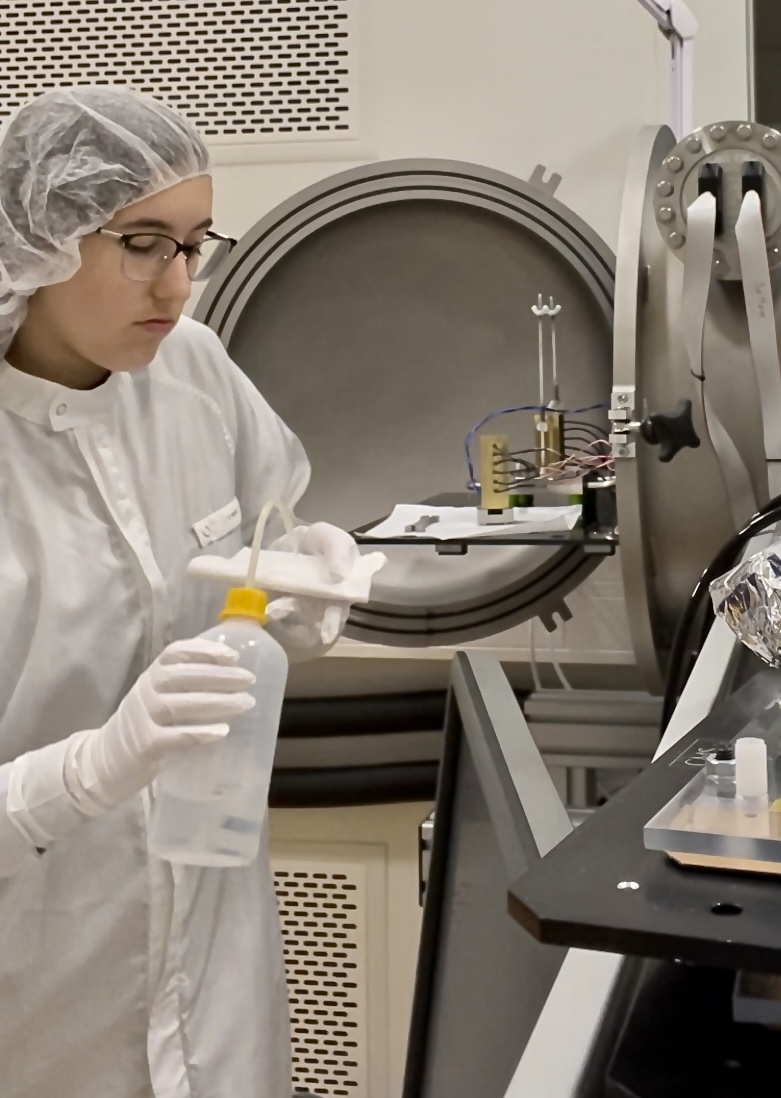- Details
-
Published: Friday, September 08 2023 07:56
Brian Calvert (Ph.D. '15, physics) grew up in southern Colorado in a rural community where “big world” opportunities were few and far between.
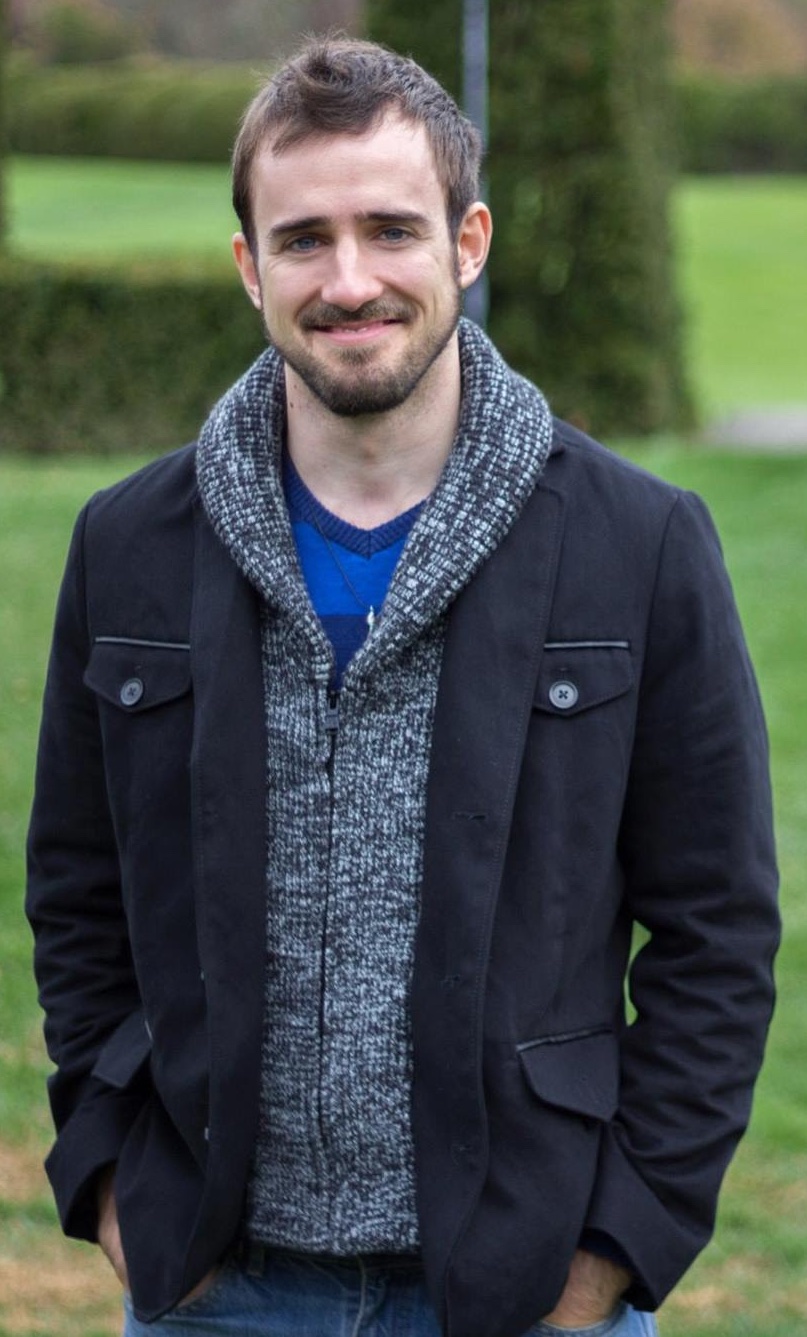 Brian Calvert
Brian Calvert
“Right before you hit New Mexico there’s a tiny little town called Trinidad and we moved 40 miles northeast of there to the total boonies,” he recalled. “Our closest neighbors were a quarter of a mile away, we had no running water and no central heat. It was pretty wild.”
Calvert’s surroundings back then may have been simple, but his dreams were definitely not. As a teenager inspired by the problem-solving power of science and mathematics, he knew he wanted to take on challenges that impact people’s daily lives. But even he couldn’t have imagined that 20 years later he’d be blazing a trail on the cutting edge of artificial intelligence (AI) as co-founder of the San Francisco tech startup Graft.
“I had heard about robots and AI in the context of science fiction stories as a kid, but I had no exposure to what it meant to work on AI as it was back then,” Calvert said. “And AI has gone through such a massive renaissance that I'm not sure I could have imagined I'd work on it in the capacity that I have. But it’s exactly where I want to be.”
At Graft, Calvert is on a mission to make a difference by making AI more accessible.
"A lot of companies like nonprofits would love to be able to capitalize on the power of AI for their data, often for very clear social good, but it’s just really hard for them to do it—there are a lot of barriers to entry,” Calvert explained. “The core idea here is to help democratize access to the state-of-the-art infrastructure and techniques that are powering the AI giants of the world; let’s bring that to everybody else. That’s our mission: the AI of the 1%, for the 99%.”
Starting with physics
Calvert’s interests began with physics, first as an undergraduate at Princeton and then as a Ph.D. student at the University of Maryland. At UMD, Calvert quickly connected with Physics Professor Emeritus Nicholas Hadley. Intrigued by Hadley’s work in experimental particle physics, Calvert joined the CMS experiment at CERN, working in an inspiring collaboration with thousands of other scientists around the world to search for new physics at the world’s highest energy accelerator. Contributing to the 2012 discovery of the Higgs boson—the fundamental particle that enabled matter to form after the Big Bang created the universe billions of years ago—helped to focus the trajectory of Calvert’s Ph.D. dissertation research from 2013 through 2015.
“After the Higgs boson discovery, there were still more unanswered questions. One really elegant way to address a bunch of these questions is to introduce this notion of supersymmetry, where every fundamental particle has a mirror version of itself. If supersymmetry is correct, then we should find signatures of these supersymmetric partners,” Calvert explained. “Specifically, I was looking for the top squark, the supersymmetric partner to the heaviest fundamental particle, the top quark. For context, the two lightest quarks, the up- and down-quarks, are the primary building blocks of protons and neutrons, and the top quark can be thought of as the big brother of the up quark. If I could just find the top squark it would answer many other questions about the building blocks of the universe.”
Through his research in particle physics, Calvert saw the cross-disciplinary problem-solving power of science and mathematics in a whole new light.
“These particle physicists were working on algebraic stuff and math like I’d never seen and a bunch of computer science, too,” Calvert said. “We were analyzing petabytes and petabytes of data and there was a lot to the software part of it, like how do you analyze that much data at scale, particularly in the context of some problem you’re trying to solve. It’s like climbing a mountain. But it’s a mountain you want to climb.”
Wafers, hearing aids and self-driving cars
After earning his Ph.D. in 2015, Calvert landed a job as a senior imaging scientist at Intel’s wafer fabrication and manufacturing facility in Hillsboro, Oregon, working on the design of lithography photomasks used to print computer chips and performing large-scale analysis of electron microscope wafer images. At the time, concepts like machine learning (ML) and deep learning and the overall idea of AI were beginning to gain momentum and Calvert realized his skill set was a good fit.
He moved from Oregon to San Francisco to pursue opportunities in the space starting with some contract work building deep learning models for an audio detection system designed to enhance the function of hearing aids. In 2017, he went all in on ML and AI as a data scientist at Cruise Automation, a self-driving car company.
“That was a transformative experience,” Calvert recalled. "I initially worked on assessing the safety of the cars with a combination of ML and statistical models using data collected across the entire fleet of cars, then focused more on scalable data and machine learning infrastructure, as I knew from my Ph.D. experiences how important that was. That work got the attention of engineering leadership, and I was chosen to lead the whole overall machine learning infrastructure team. This included the AI models running on the car making real-time, safety-critical decisions and models running in the cloud analyzing data from the entire fleet. My team was building the structure to support that at scale and the work really energized me.”
After four years at Cruise, Calvert met Adam Oliner, CEO of Graft. Excited about the possibilities ahead, Calvert joined the company as a co-founder in 2021.
“I definitely think AI is the future,” Calvert said. “Humans keep generating data at larger and larger rates, so AI has to be the future. There’s no way you can manually process that much data at scale, nor should you.”
Graft’s aim is to create AI technology that can quickly perform large-scale analysis of unstructured data—including text, images, and graphs—to meet the needs of any client, whether it’s a customer-driven sales business or a search-and-rescue team trying to locate a missing hiker.
“Whether it’s a lost hiker and there are miles and miles worth of images to search through or it’s a business that wants a real-time customer churn prediction, Graft provides a platform,” Calvert explained. “You connect us to your data, we have ML science modeling experts and ML infrastructure experts on staff, and our system provides an automated workflow to help you get to the goal.”
The company—and venture capital support for its mission—have already come a long way.
“We did a pre-seed round of $4.5 million a few years ago in early 2021 and then we just closed a seed round of $10 million, so we’re at $14.5 million in venture capital funding so far,” Calvert said.
Though Graft’s AI platform is still in beta testing, Calvert is optimistic about the future.
“We ran a private beta starting in fall 2022. After the feedback from this beta, we've now expanded to a wider, controlled rollout,” he said. “We definitely think we have a product that people would pay money for.”
A strong foundation
For Calvert, Graft’s mission of bringing the capabilities of the world’s biggest AI companies to every business is as demanding as it is inspiring. He’s quick to point out he never would have gotten here without physics and his time at UMD, which provided a strong foundation for the challenges he faced on every step of his journey.
“150,000%—UMD helped me grow in so many ways,” Calvert noted. “My Ph.D., which focused on experimental particle physics, was effectively a data science Ph.D. It gave me higher-order systems-level thinking that I draw upon all the time, as well as statistics and large-scale data analysis and AI/ML skills. I’m really grateful for that.”
Twenty years ago, Calvert never could have envisioned a future in AI—now he can’t imagine being anywhere else.
“I couldn’t really see myself doing anything else right now,” Calvert reflected. “Will it be that way forever? Maybe, maybe not. Either way, right now this is a really good place for me to be.”
Written by Leslie Miller
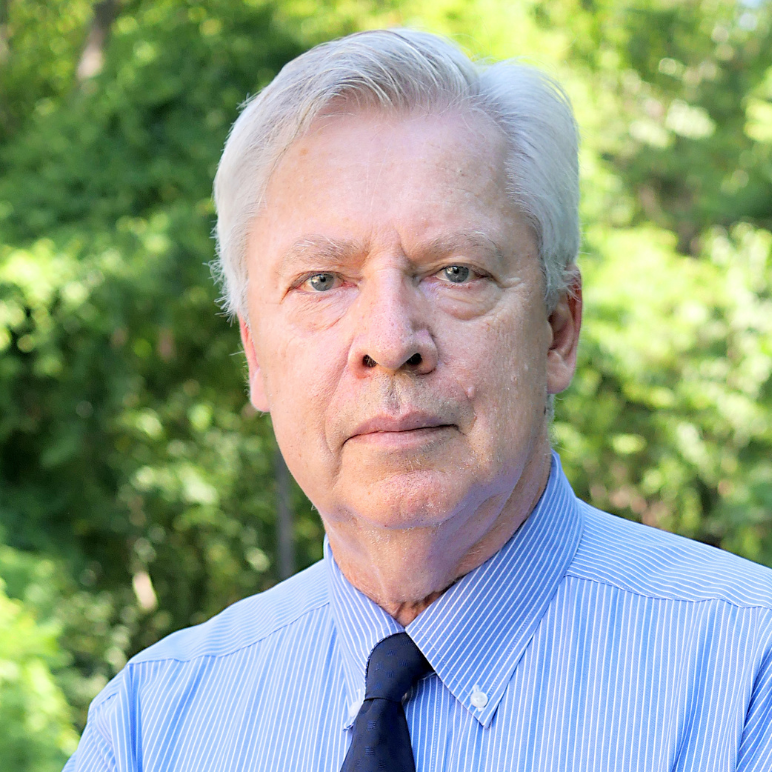 Thomas Antonsen
Thomas Antonsen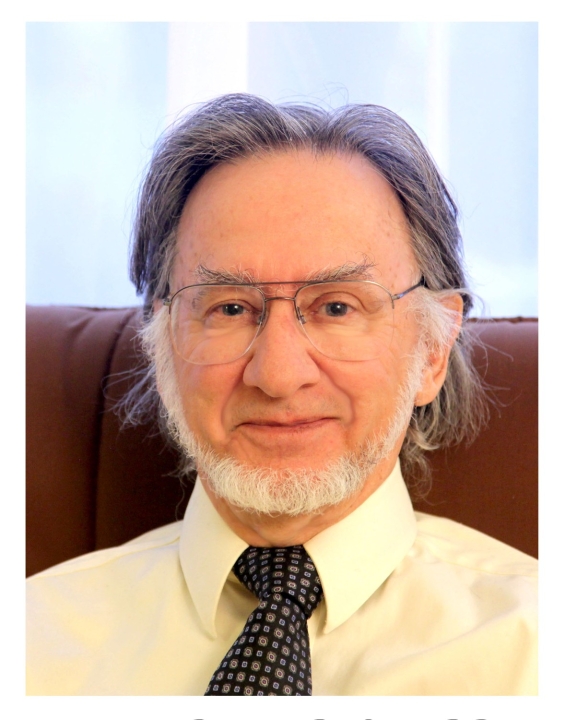
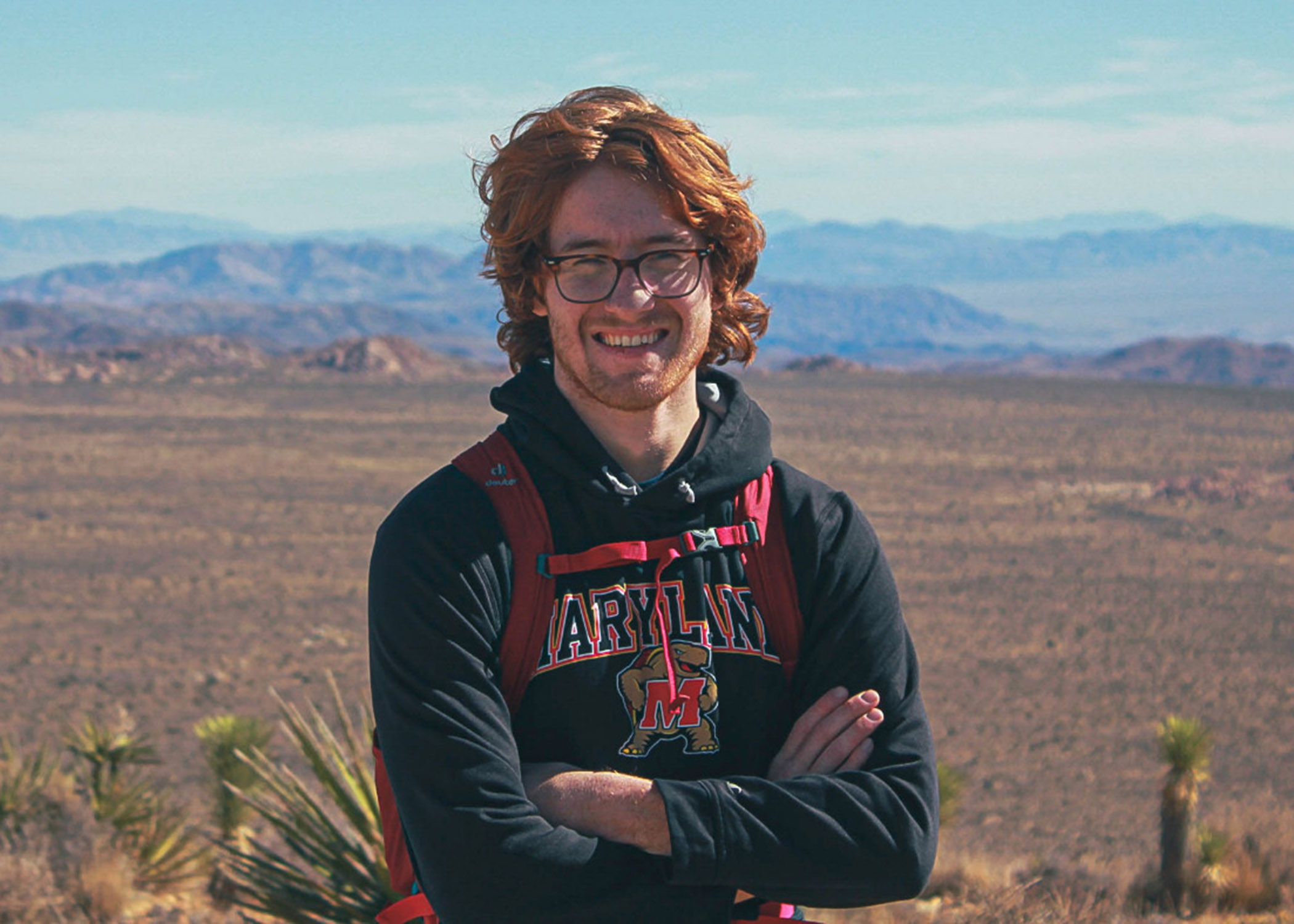
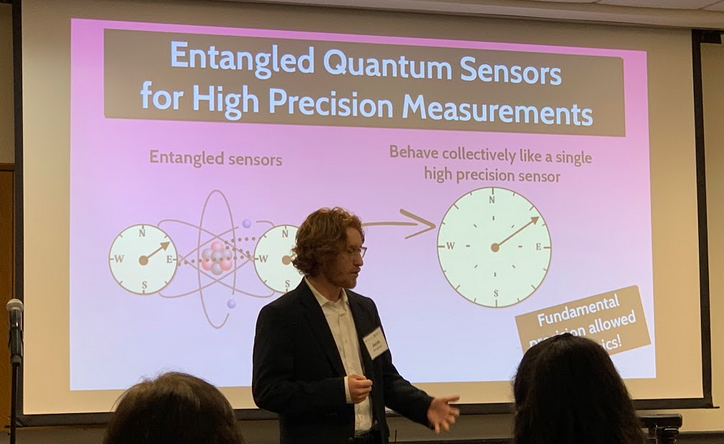

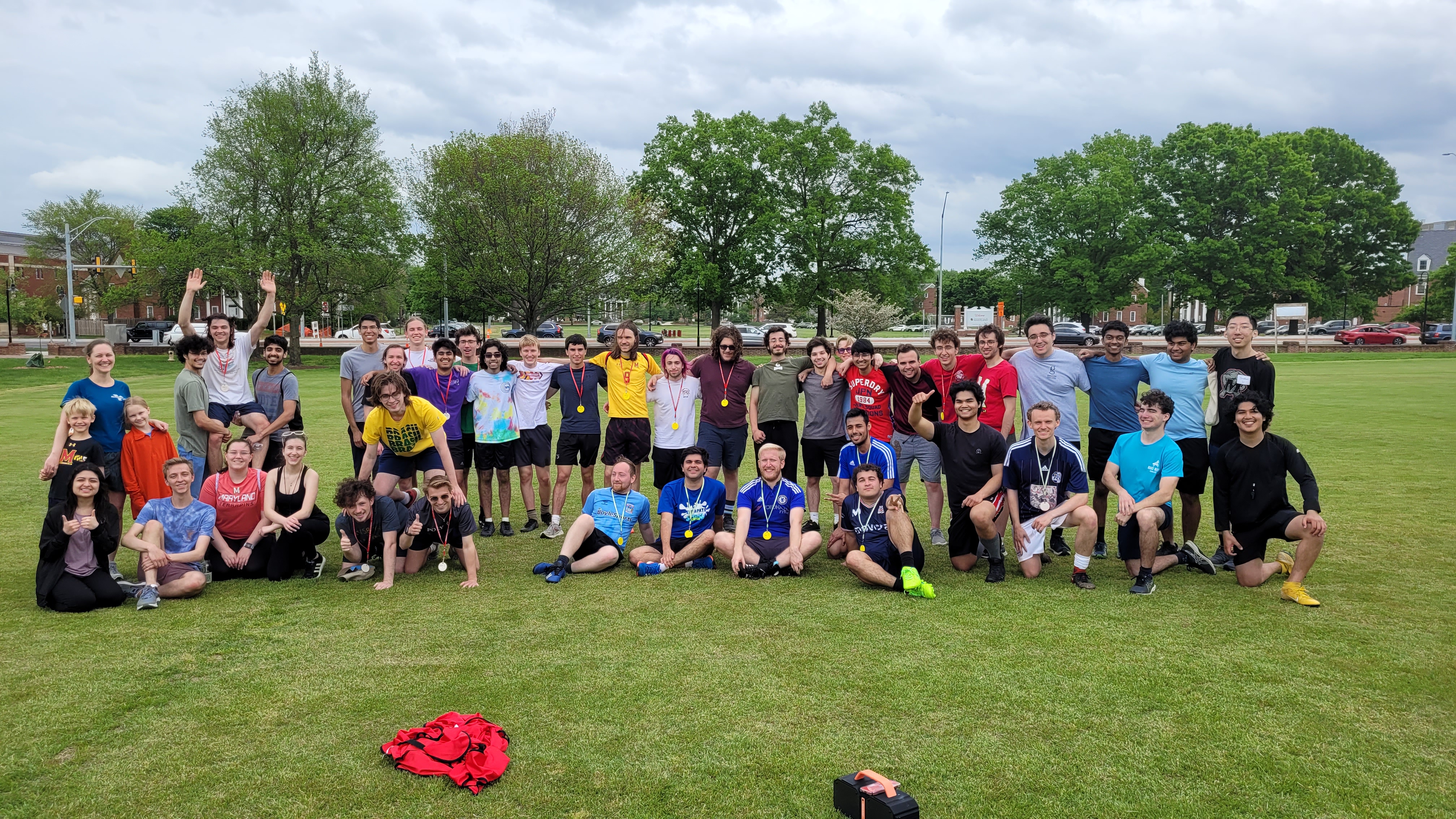 physics majors looking for some outdoor fun, the tournament also welcomed the greater campus community, plus friends and family, to participate.
physics majors looking for some outdoor fun, the tournament also welcomed the greater campus community, plus friends and family, to participate.